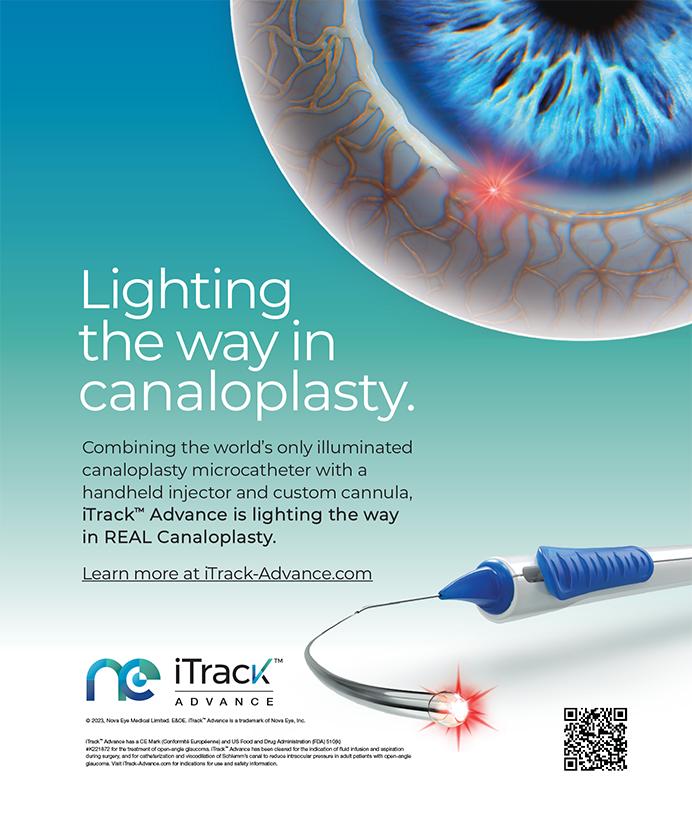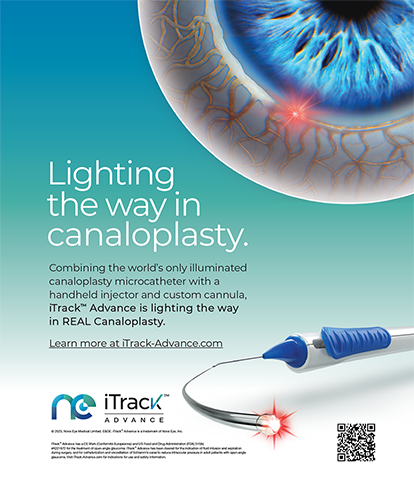Since the Centers for Medicare & Medicaid Services' 2005 ruling made them available to every cataract patient, each new presbyopia-correcting IOL has been greeted with great interest and excitement. For experienced IOL surgeons, the technical transition was easy. What we were not prepared for was the unpredictable and substantial increase in chair time that offering these premium IOLs would entail.
Does this sound familiar? Drawn-out explanations are met with confusion, blank stares, or even a postponement of surgery. Indecision results in repeated telephone calls and requests to speak to other patients. You fall so far behind schedule from an endless consultation that you pray that the next patient wants a standard IOL. I offer all three presbyopia-correcting IOLs and an accommodating IOL in clinical trials, but too many choices can result in what Steven Dell, MD, calls an information-seeking spiral.
Because most patients understandably need time to make this complex decision, it is important to initiate education in advance of their office visit. My staff now sends a packet of handouts that I wrote to every patient who is referred (or self-referred) with a diagnosis of cataract. Besides my basic cataract brochure, they receive a handout describing presbyopia-correcting IOLs, and they are asked to fill out Dr. Dell's survey (available at www.crstoday.com) at home. When they come in, interested patients are prepared to hear whether they are a good candidate for these IOLs and to discuss their cost. Some immediately volunteer that they do or do not want these IOLs. The Dell Survey gives me an instant indication of their interest and functional profile.
During their visit, interested patients without contraindications receive a longer handout about multifocal IOLs. Because manufacturer-supplied brochures optimistically promote a single product, I wrote a handout in order to temper expectations (it stresses a reduction rather than an elimination of spectacle use). The greater the patient's emotional and financial investment in the refractive outcome is, the higher his expectations will be. My handout therefore cautions patients about adapting to halos, the possible need for a laser enhancement, and unpredictable results due to variable macular function. After the examination, most undecided patients can make up their minds by reviewing the handout at home without any further input from me. Finally, my handout emphasizes the word convenience. It correctly defines what is at stake—namely that this is not a life-or-death decision, that patients with monofocal IOLs do not get inferior products, and that, for multifocal IOL patients, having to wear glasses is disappointing but not a disability.
By sparing me this repetitive basic discussion, my handout allows me to counsel refractive IOL candidates rather than have my staff do it. Choosing a presbyopia-correcting IOL is much more complex than deciding to have LASIK. Most of my IOL patients did not seek refractive surgery, and, because of the optical tradeoffs, their satisfaction will depend upon realistic and informed expectations. These patients need my experience and expertise in patient and IOL selection. We will both be happier if I am able to determine if, because of their personality and priorities, their glass will be half full or half empty postoperatively, and I can factor this information into steering their expectations and decision.
Cataract & Refractive Surgery Today annually conducts an IOL roundtable discussion without any industry sponsorship. As you will see from the discussion about refractive IOLs, properly educating and selecting patients is as much an art as it is a science. For me, writing a handout was essential. How did I ever do without it?


